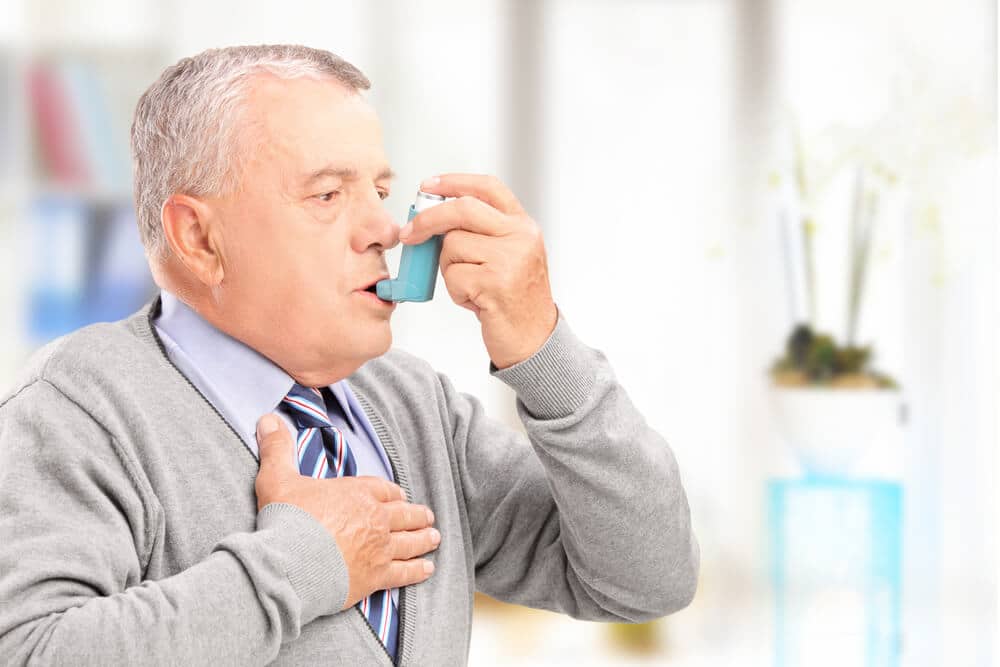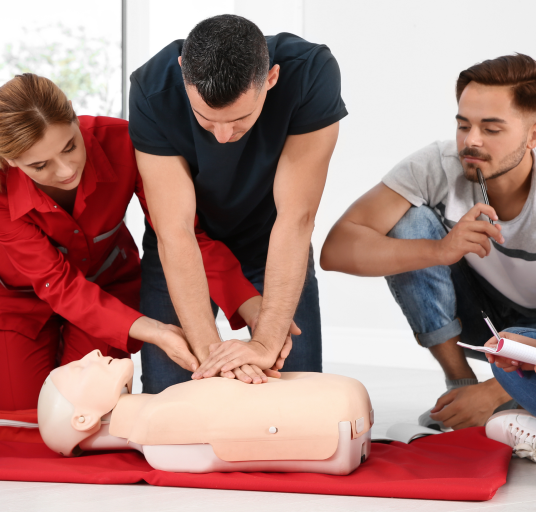Recognizing and Treating Breathing Emergencies : Chapter 15
Defined:
A breathing emergency (considered to be a medical emergency) is any respiratory problem that can threaten a person’s life. It can range from not being able to take a breath to not being able to breathe at all.
Causes:
There are many different causes that can lead to a breathing emergency. Some of these include:
- Allergic reactions
- Asthma
- Chest injury or infection
- Choking
- Fear, pain or anxiety
- Fumes inhalation
- Heart attack
- Heart disease or heart failure
- Infection (i.e., pneumonia), collapsed or punctured lungs
- Injury to the head, neck or chest
- Smoking
Signs and Symptoms:
- Breathing is very rapid or very slow
- Chest pain
- Confused and aggressive behavior
- Cough
- Noisy breathing (wheezing or whistling sounds)
- Pale or blue face, lips and fingers
- Shortness of breath or troubled breathing
Common Emergency Example(s):
Asthma:
Asthma is the third highest cause of hospitalization amongst those under the age of 15. Many people that have this medical condition are aware of it and carry an inhaler for use in an emergency.
Asthma attacks can be triggered by many things, such as:

- Plants and mold
- Perfume
- Dust, smoke, and air pollution
- Fear, anxiety and strong emotional display
- Medications
- Pets, animal fur, feathers, carpets, rugs
- Rapid changing temperatures
- Strenuous exercise
First Aid Actions / Treatment
- Assess the scene and check for your safety.
- Ask the person if he/she has prescribed medication. Get the medicine for the person if he/she cannot access it.
- Help the person utilize an inhaler or epi-pen if he/she has one.
- Call 9-1-1 if the person does not have medicine or the breathing emergency worsens.
- Loosen any tight clothing (especially around the neck).
- Try to keep the person calm, and stay with the person until advanced medical help arrives.
- If necessary, provide CPR. If you do not know how, give Hands-Only CPR.

